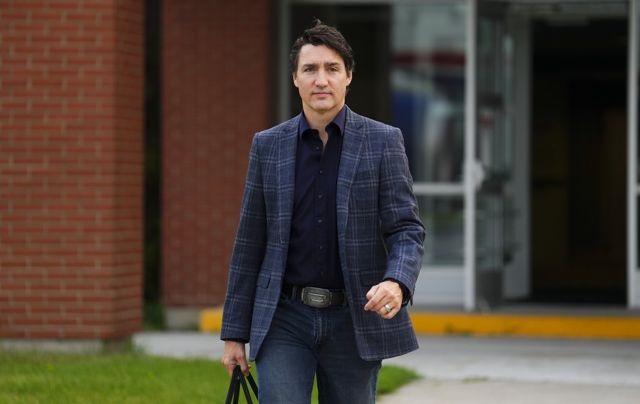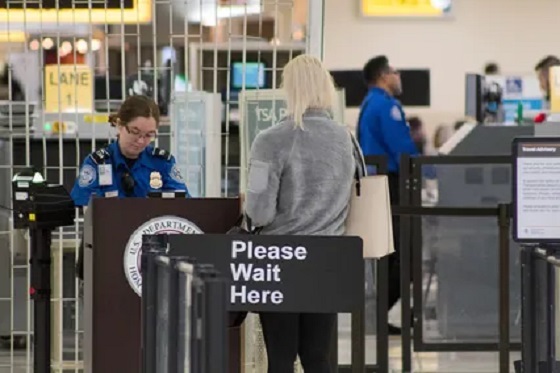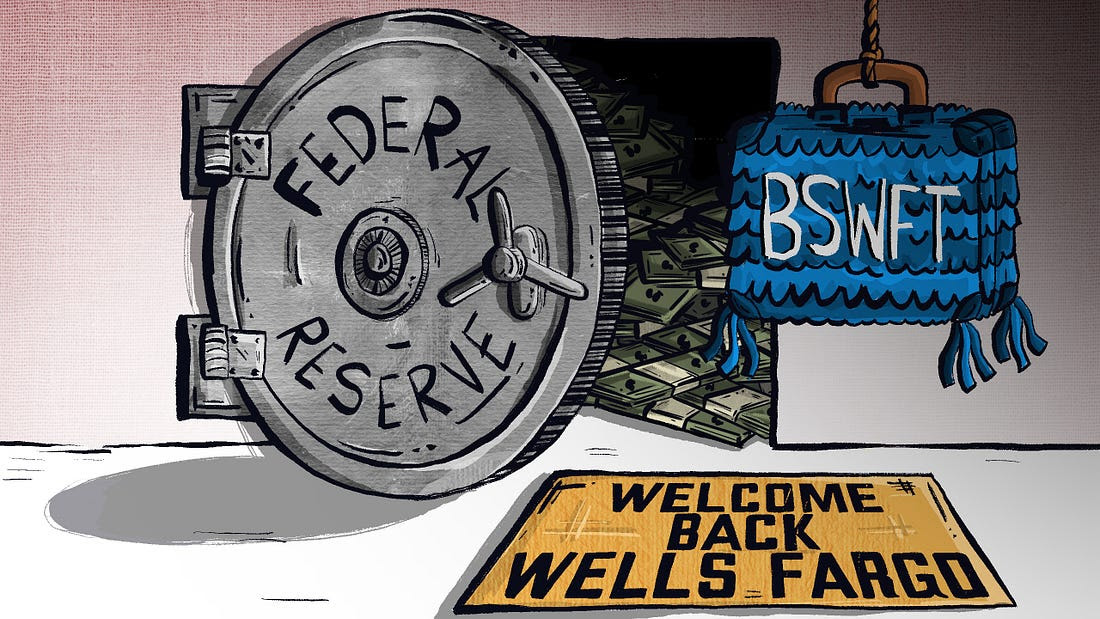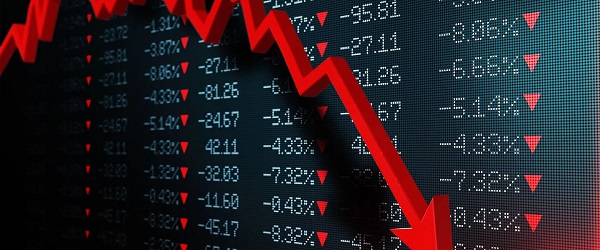International
Prime Minister Trudeau heads to NATO summit, where leaders face critical decisions

Prime Minister Justin Trudeau departs Ottawa on Sunday, June 25, 2023, en route to Iceland. Trudeau is heading to the NATO leaders’ summit in Lithuania this week, where Canada is likely to play a larger-than-usual role in two critical discussions: the alliance’s expanding membership and its efforts to refocus on collective defence. THE CANADIAN PRESS/Sean Kilpatrick
By Sarah Ritchie in Ottawa
Prime Minister Justin Trudeau is heading to the NATO leaders’ summit in Lithuania this week, where Canada is likely to play a larger-than-usual role in two critical discussions: the alliance’s expanding membership and its efforts to refocus on collective defence.
Trudeau is expected to depart for Riga, Latvia, from Ottawa on Sunday evening. He is due to meet with that country’s leaders on Monday before heading to the Lithuanian capital for the first day of the NATO summit on Tuesday.
At last year’s summit in Madrid, NATO leaders identified Russia as “the most significant and direct threat to allies’ security and to peace and stability in the Euro-Atlantic area” in a strategic concept document that set out their intent to strengthen deterrence and defence in the region.
That came after a meeting in Brussels in March 2022, when leaders agreed to deploy four new multinational battle groups on the eastern flank in Bulgaria, Hungary, Romania and Slovakia, adding to those in Estonia, Latvia, Lithuania and Poland.
The alliance has drafted a new defence plan that leaders will be asked to approve in Vilnius, one that is being described as a return to its Cold War stance.
“What we’re seeing now is really a return to NATO’s core business,” said Tim Sayle, a NATO historian and professor at the University of Toronto.
He said this likely also means a return to more challenging negotiations among members as they decide on defence policy and procurement, at the same time as they are debating whether to allow Sweden and Ukraine to join. And on both topics, he said, allies will be looking to Canada.
“Rarely are there summits where Canada would be a focus of any elements, but I do think (it) is here,” Sayle said.
“Canada has a decision to make about its role in the discussion about Ukraine, but it also has this decision to make about Canadian defence spending and just what kind of ally Canada is going to be.”
Adm. Rob Bauer, the chair of NATO’s military committee, told media at a July 3 briefing that the new defence plan is split into three parts: the southeast region including the Mediterranean and the Black Sea, the central region from the Baltics to the Alps and the High North and Atlantic region.
Once the plans are approved, the real work begins. “Then we have to go and do our work to reach the higher number of forces with a higher readiness, we need to exercise against the plans, we need to buy the capabilities that we require,” Bauer said.
That will require more money. Only about a third of NATO members are meeting the agreed-upon target of spending two per cent of their GDP on defence — which includes a pledge to dedicate one-fifth of that funding to equipment.
Bauer said he expects two per cent will be the spending floor, instead of the target, by the time the summit is over.
“There is perhaps a stronger link than ever before between the new defence plans, the new defence investment pledge and the NATO defence planning process,” NATO spokesperson Oana Lungescu said at the July 3 briefing.
For the countries that are lagging behind, there will be increasing pressure to step up.
Canada spends about 1.3 per cent of its GDP on defence and has no public plan to get to the current target. Defence Minister Anita Anand has insisted that Canada’s contributions to the defence of Ukraine and its leadership in heading up a NATO battle group in Latvia are more important.
Before attending the NATO summit, Trudeau is set to participate in meetings Monday with Latvia’s president, Edgars Rinkēvičs, and its prime minister, Krišjānis Kariņš.
Trudeau is also expected to meet Canadian Armed Forces members who are part of the country’s largest overseas mission.
But even in Latvia, Canada seems to be lagging behind. It’s been more than a year since Anand pledged to expand the battle group to a combat-ready brigade, and detailed plans are still being negotiated. Battle groups typically have close to 1,000 troops, while military members in a brigade number about 3,000.
Canada has committed to sending a tank squadron with 15 Leopard 2 tanks and some 130 personnel to Latvia starting this fall, but it is unclear how many more troops will join the 800 Canadians already in place.
Other countries have gone further. Germany has pledged to station a 4,000-soldier brigade in Lithuania. The United Kingdom, which is leading a battle group in Estonia, and the United States, which leads another in Poland, tested their ability to quickly scale up to a brigade earlier this spring.
Leaders in Vilnius are also likely to focus on the status of Sweden and Ukraine, each of which has asked to join NATO.
Last-minute talks aimed at getting Turkiye and Hungary on side with allowing Sweden to become a member have not been successful. Its Nordic neighbour Finland joined most recently, in April.
If Sweden’s membership is approved, Bauer said it won’t take long to adapt the defence plans.
“Sweden is at the table in the military committee, in the North Atlantic Council every week. So they know basically everything already,” he said.
More contentious than that is the issue of when to admit Ukraine.
Some nations are pushing for immediate membership. U.K. Defence Secretary Ben Wallace said last month that he hopes to see an expedited process.
Meanwhile, Trudeau has repeatedly stated that Canada supports Ukraine’s membership “when the conditions are right,” without defining what those conditions are.
Sayle said it’s likely that other countries will expect a clearer response this time given the magnitude of the decision: whether to admit a nation that is in the midst of an active invasion to an alliance focused on collective defence.
“I think that what NATO says about Ukrainian membership will impact both the Ukrainian and Russian strategic calculations in this war, and any peace that might follow,” Sayle said.
This report by The Canadian Press was first published July 9, 2023.
Crime
Tucker Carlson: US intelligence is shielding Epstein network, not President Trump

From LifeSiteNews
By Robert Jones
Pam Bondi’s shifting story and Trump’s dismissal of Epstein questions have reignited scrutiny over the sealed files.
Tucker Carlson is raising new concerns about a possible intelligence cover-up in the Jeffrey Epstein case—this time implicating U.S. and Israeli agencies, as well as Trump ally and former Florida Attorney General Pam Bondi.
During a recent broadcast, Carlson discussed U.S. Attorney General Bondi’s refusal to release sealed Epstein files, along with the FBI and DOJ announcement that Epstein did not have a client list and did indeed kill himself.
Carlson offered two theories for Bondi’s words. The first: “Trump is involved—that Trump is on the list, that they’ve got a tape of Trump doing something awful.”
But Carlson quickly dismissed that idea, noting he’s spoken to Trump about Epstein and believes he wasn’t part of “creepy” activities. He also pointed out that the Biden administration holds the evidence and would likely have acted if there were grounds.
10 Shocking Stories the Media Buried Today
#10 – Tucker Carlson has two theories why Pam Bondi won’t release the Epstein Files.
Theory #1: “Trump is involved.”
But Tucker thinks this explanation is not very likely.
That brings us to Theory #2, which is that Tucker believes… pic.twitter.com/Wy8l5NWQvZ
— The Vigilant Fox 🦊 (@VigilantFox) July 8, 2025
Carlson’s second theory: the intelligence services are “at the very center of this story” and are being protected. His guest, Saagar Enjeti, agreed. “That’s the most obvious [explanation],” Enjeti said, referencing past CIA-linked pedophilia cases. He noted the agency had avoided prosecutions for fear suspects would reveal “sources and methods” in court.
The exchange aired as critics accused Bondi of shifting her account of what’s in the files. She previously referenced “tens of thousands of videos of Epstein with children,” but later claimed they were videos of child pornography downloaded by Epstein. Observers say that revision changes the legal and narrative stakes—and raises questions about credibility.
#9 – Pam Bondi changes the story on the “tens of thousands of videos of Epstein WITH children.”
BEFORE: Tens of thousands of videos of Epstein WITH children.
AFTER: Tens of thousands of videos of child p*rn were DOWNLOADED by Jeffrey Epstein.
Credit: @Ultrafrog17 pic.twitter.com/v5I2uulyzA
— The Vigilant Fox 🦊 (@VigilantFox) July 8, 2025
Donald Trump also appeared impatient with the matter. “Are you still talking about Jeffrey Epstein? That is unbelievable,” he said in a video beside Bondi. This clip sparked backlash from longtime Trump supporters, including former Trump advisor Elon Musk, who reposted critical commentary on Trump and Bondi’s comments on X:
Musk previously alleged that Trump was himself implicated in the Epstein files. Although he retracted and apologized for this, he recently suggested that Steve Bannon was also implicated.
However, Carlson’s guest suggested that Bondi’s comments had another purpose. “The lie is a signal to everybody else involved,” he said. “The lie is not for you and me. The lie is for those implicated to say, ‘No matter what, we will protect you.’”
#7 – Guest leaves Tucker Carlson speechless with an interesting theory about the Epstein File cover-up.
“The lie is a signal to everybody else involved in the scheme that to the ultimate ends, the United States government will go to protect all of you.”
“The lie is not for you… pic.twitter.com/DWm3VwBmwF
— The Vigilant Fox 🦊 (@VigilantFox) July 8, 2025
The files in question remain sealed. It is unclear whether further revelations about Epstein will come to light, but Trump’s comments are not going to make the issue go away.
International
No more shoes off: Trump ends TSA’s decades-old rule

 MxM News
MxM News
Quick Hit:
The Trump administration is phasing out one of the most despised airport security policies in America: the requirement to remove shoes during TSA screening.
Key Details:
- Passengers will no longer be required to remove their shoes at airport security checkpoints in coming weeks.
- The change is rolling out at Baltimore, Fort Lauderdale, Cincinnati, Portland, Philadelphia, and Piedmont Triad airports.
- White House Press Secretary Karoline Leavitt confirmed the policy reversal on Tuesday morning.
Diving Deeper:
The Trump administration announced it is ending the much-loathed Transportation Security Administration rule requiring passengers to remove their shoes during security checks, a mandate that has frustrated Americans since its introduction nearly two decades ago.
The change is being implemented first at Baltimore/Washington International Airport, Fort Lauderdale International Airport, Cincinnati/Northern Kentucky International Airport, Portland International Airport, Philadelphia International Airport, and Piedmont Triad International Airport in North Carolina, according to CBS News. The policy will expand to additional airports nationwide in the coming weeks.
White House Press Secretary Karoline Leavitt shared the news on X, posting, “Big news from [the Department of Homeland Security]!” Tuesday morning. A TSA spokesman told The New York Times that “TSA and DHS are always exploring new and innovative ways to enhance the passenger experience and our strong security posture,” suggesting the policy change is part of broader improvements under President Trump’s leadership.
The policy to remove shoes was first instituted in 2006, stemming from the December 2001 attempt by Richard Reid, known as the “shoe bomber,” to ignite explosives hidden in his shoes on a flight from Paris to Miami. Reid was sentenced to life in prison after pleading guilty to terrorism charges, but critics have argued the policy punishes every American traveler for the actions of one terrorist nearly 25 years ago.
Before the update, travelers in the TSA PreCheck program were already exempt from removing shoes, belts, and jackets. Now, under President Trump’s directive to reduce pointless regulatory burdens, the policy is being eliminated for all travelers.
-

 International2 days ago
International2 days agoChicago suburb purchases childhood home of Pope Leo XIV
-

 Daily Caller2 days ago
Daily Caller2 days agoBlackouts Coming If America Continues With Biden-Era Green Frenzy, Trump Admin Warns
-

 Daily Caller2 days ago
Daily Caller2 days ago‘I Know How These People Operate’: Fmr CIA Officer Calls BS On FBI’s New Epstein Intel
-

 Addictions13 hours ago
Addictions13 hours ago‘Over and over until they die’: Drug crisis pushes first responders to the brink
-

 Business1 day ago
Business1 day agoPrime minister can make good on campaign promise by reforming Canada Health Act
-

 Automotive10 hours ago
Automotive10 hours agoFederal government should swiftly axe foolish EV mandate
-

 Alberta10 hours ago
Alberta10 hours ago‘Far too serious for such uninformed, careless journalism’: Complaint filed against Globe and Mail article challenging Alberta’s gender surgery law
-

 Frontier Centre for Public Policy1 day ago
Frontier Centre for Public Policy1 day agoNew Book Warns The Decline In Marriage Comes At A High Cost






